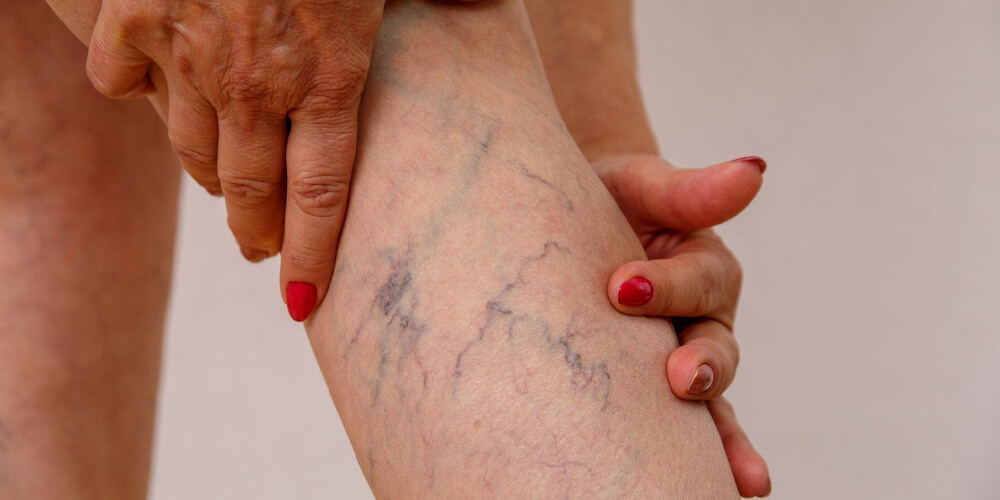Home » Varicine Venous Failure Treatment 2026

Varicose veins are swollen, twisted veins that often appear blue or dark purple. They occur when faulty valves in the veins allow blood to flow in the wrong direction or pool. Varicine venous failure treatment veins most commonly affect the legs, though they can form in other parts of the body. This condition is more common in women than men and is often hereditary.
Varicine venous failure treatment insufficiency, also known as chronic venous insufficiency (CVI), is a medical condition where the veins have trouble sending blood from the legs back to the heart. This occurs because the valves in the veins are not functioning properly, causing blood to pool in the veins.
A thorough medical history and physical exam are crucial in diagnosing venous insufficiency. Doctors look for visible signs of varicose veins and ask about symptoms, lifestyle, and family history.
Regular exercise and a healthy diet can help improve circulation and reduce symptoms. Activities like walking, swimming, and cycling are beneficial.
Elevating the legs helps reduce swelling and improve blood flow back to the heart. This can be done several times a day for 15-20 minutes.
Compression stockings are often the first line of treatment for varicine venous failure treatments insufficiency. They apply pressure to the legs, helping the veins and muscles move blood more efficiently.
Sclerotherapy involves injecting a solution directly into the varicose veins, causing them to collapse and fade. This procedure is effective for small to medium-sized varicose veins.
EVLT uses laser energy to heat and close off the affected veins. This minimally invasive procedure is performed under local anesthesia and has a quick recovery time.
RFA uses radiofrequency energy to heat and close off varicine venous failure treatment veins. Similar to EVLT, it is a minimally invasive procedure with a short recovery period.
In this surgical procedure, the affected veins are tied off and removed through small incisions. Vein stripping is typically reserved for severe cases of varicose veins.
Venaseal is a newer treatment that uses a medical adhesive to close off varicine venous failure treatment failure treatment. This minimally invasive procedure has shown promising results and requires no anesthesia or compression stockings post-treatment.
Foam sclerotherapy is similar to traditional sclerotherapy but uses a foam solution. This allows for better contact with the vein walls, making it effective for larger varicine venous failure treatments.
After any procedure, patients should follow their doctor’s instructions carefully. This may include wearing compression stockings, avoiding strenuous activities, and keeping the legs elevated.
A diet rich in fiber, antioxidants, and low in salt can help prevent varicine venous failure treatment insufficiency. Foods like fruits, vegetables, whole grains, and lean proteins are beneficial.
Carrying excess weight puts extra pressure on your veins, which can lead to venous insufficiency. Maintaining a healthy weight through diet and exercise is crucial.
Varicine venous failure treatment insufficiency are indeed prevalent issues that can significantly impact an individual’s daily life. The discomfort they bring forth underscores the importance of understanding their manifestations, origins, and available interventions for effective management. These conditions often manifest with symptoms like swollen, twisted veins, accompanied by a sensation of heaviness or pain in the affected areas. While the causes may vary, they commonly result from weakened vein walls or faulty valves, leading to poor blood flow back to the heart.
Fortunately, there exist diverse treatment modalities catering to the spectrum of severity these conditions present. Lifestyle adjustments, such as regular exercise, maintaining a healthy weight, and avoiding prolonged standing or sitting, can significantly alleviate symptoms and prevent worsening varicine venous failure treatment. Compression therapy, through the use of specialized stockings or bandages, aids in improving blood circulation and reducing swelling. For more advanced cases, minimally invasive procedures like sclerotherapy or endovenous laser treatment offer effective solutions by sealing or removing problematic varicine venous failure treatment. In severe instances, surgical interventions such as vein stripping or ligation may be warranted to address the issue comprehensively.
Early diagnosis and prompt initiation of treatment are paramount in mitigating complications and enhancing overall outcomes. Individuals diagnosed with varicose veins or venous insufficiency are encouraged to embrace healthy lifestyle practices and seek professional medical guidance. Regular monitoring through scheduled check-ups allows for timely adjustments in treatment plans, ensuring optimal management of the condition varicine venous failure treatment. Equally important is adhering to post-treatment care directives to minimize the risk of recurrence and maintain long-term vascular health.
In essence, proactive management of varicose veins and venous insufficiency empowers individuals to lead fulfilling lives unhindered by the constraints posed by these vascular conditions. By embracing a holistic approach encompassing lifestyle modifications, appropriate medical interventions, and diligent follow-up care, individuals can reclaim comfort and vitality, fostering a more active and enjoyable lifestyle.
Hello!